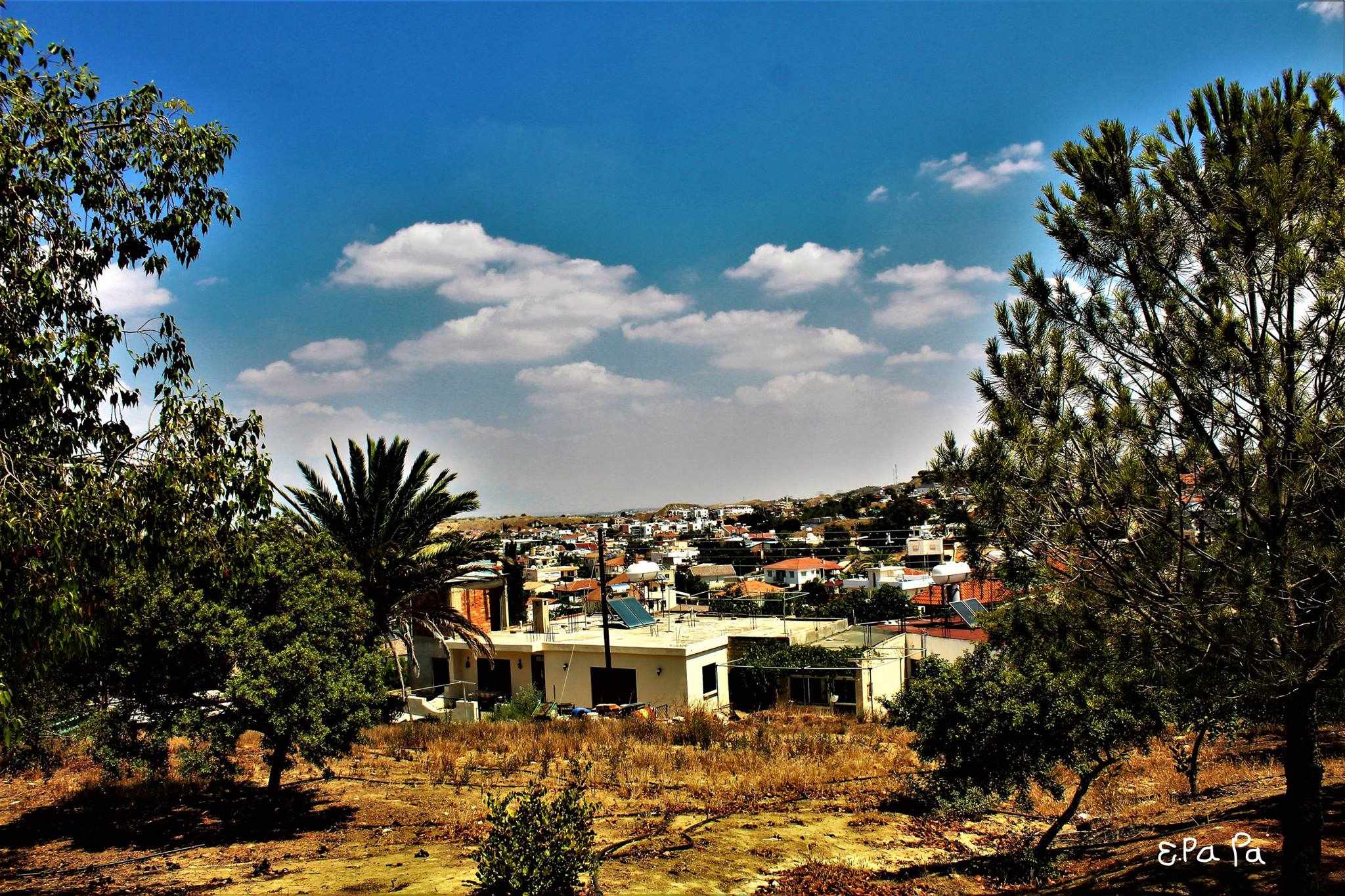Tseri Village
Tseri took its name from the word "tzierin" (wax or candle) because of the many bees in the area.
Tseri is a village located in the Nicosia district. The Tseri village is situated about 8 km to the south of Nicosia. It borders Strovolos to the north, Latsia to the east and Deftera to the west. Lakatamia lies to the north-west and Analyonta, Marki and Kotsiati are to the south. In 2011 Tseri became a municipality in its own right. Some historians of medieval times mention the name Tseri. Mas de Latris stated that Tseri existed from 1190 and Florios Boustronius that Tseri was given as a fiefdom to John de Lidro in the middle of the fifteenth century.
Photo: Elena Ioannou Papa
The history of the village during the 19th and 20th centuries is better known due to information found in the ledgers of the Archdiocese, government files and libraries. Tseri was inhabited by Greeks from its earliest years; however, some Turks settled for a short period around 1861. During this time the village was traded amongst Turks, given to Mehmed by Ahmed (ref: the Archives of the National Library of Sofia 1571-1878). During the years of Turkish rule Tseri was under the administration of Kazan of Kythrea.
The first inhabitants were shepherds (first mentioned by Giannoukkos) who originally built their farms around 1750. There are two versions of the origins of these first inhabitants. The first is that they came from the neighbouring village of Kambia, and the second, that they were the last residents of Tripi village, 1.5 km to the south of Tseri. The village of Tripi can be found on old maps dated 1573 and 1650. Archaeological findings of the Antiquities Department show that there was a medieval settlement located in "Lysatzia", which was close to Tripi.
According to testimonials of elderly people in Tseri, the following eight families were the first to live in Tseri:
1.Giannoukkou
2.Chatzicharalampou
3.Ssionanti
4.Arvili
5.Tzirkakou
6.Chatziyiorka
7.Moustaka
8.Mitrou (Mitros was Giannoukkos’ brother)
Photo:Kyriakos Evangelou
According to the Great Cyprus Encyclopaedia (ed. 1989), Tseri took its name from the word "tzierin" (wax or candle) because of the many bees in the area. According to the elderly in Tseri, their ancestors kept a lot of bees for wax and honey.
Other versions indicate that the name Tseri was originally Xeri, thought to be derived from the lack of water resources that characterise the region. This lack of water may have some connection to the movement of the original inhabitants, perhaps from Tripi to the south, bordering the communities of Marki and Analionda.
The names Tseri and Xeri both appear on official documents at different times, showing that both names were recognised. The name Xeri occurs on both birth certificates and title deeds until the 1960s and on current topographical maps. The name Tseri is seen on documents of the Archbishopric of Cyprus in 1820 (Costas Papageorgiou, Tseri, From Village to Suburb, 1991 and Sophocles Kakouros, A Bygone Era, 1991).
Photo: kotsonis-properties.com
In Tseri there are a total of three ancient monuments and the Department of Antiquities names two of these as archaeologically sensitive areas. The ancient monuments are:
- remains from a time around 3000 BC
- remains from the Roman period
- remains of an ancient cemetery
Photo: Website Church of Cyprus
Churches/Chapels
A small chapel, as was the custom, was built in the very early years of this fledgling community. The chapel was dedicated to St. Anne but unfortunately there are no remains of this first church today.
Another church was built in the centre of the village in 1882 and dedicated to Saints Andronikos and Athanasias. The sanctification of the church took place in August 1913. This traditional church still adorns the heart of the community. The tower was built at a later time.
In 2009 a large new church, dedicated to Saints Constantine and Eleni, was completed in order to meet the needs of the increased number of residents in the community. This church was inaugurated by the Metropolitan Holy Tamasos, Isaiah, in the presence of the Bishop of Constance and Famagusta, Vassilios, on 1 January 2010.
Ruins of another church dedicated to St. Catherine were found in the old cemetery of the community, now adjacent to the newly built Church of Saints Constantine and Eleni. On the site of the ruins a chapel has been built which is repainted for a service held every November 25, the celebration of the Assumption of St. Catherine.
Monuments
- Bust of Theodosis Pierides, at the corner of the street and K. Misiaouli Strovolos corner
- Bust of Epaminondas Epaminondas, Park Street Nikos Kazantzakis
- Memorial of Ch. Salidi in the courtyard of the church Saint Andronikos and Athanasia
- Monument of Costas Misiaouli on Costas Misiaouli Street
- Monument to the Fallen and Missing Persons of the community during the Turkish invasion of 1974, the contribution to C. Misiaouli, Theodosis Pierides and Afxentiou
Source: MUNICIPALITY OF TSERI

 English
English
 Ελληνικά
Ελληνικά Русский
Русский
 Posted by
Anna Maria
Posted by
Anna Maria






